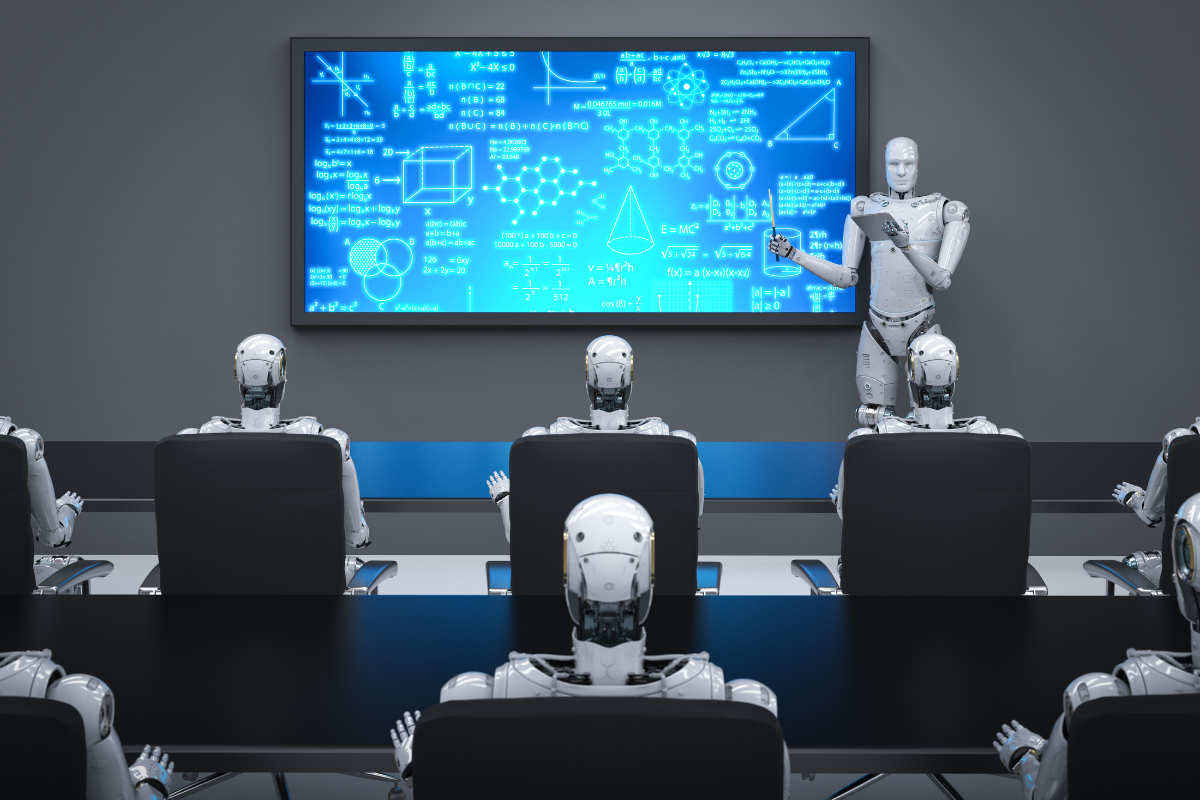As companies start to use artificial intelligence (AI) more often, people are having concerns about the extent to which biases have made their way into AI systems.
It is clear from real-world examples of AI that models include biased data and algorithms, leading to the widespread deployment of biases and an exacerbation of their harmful impacts.
Not only does addressing bias in AI push companies to pursue justice, but it also ensures better outcomes.
Overall, debiasing is proven to be one of the most difficult and controversial challenges that researchers have faced so far.
What’s Bias in AI?
When AI systems reflect and reinforce societal biases, such as historical and present-day socioeconomic inequality, they are said to be engaging in AI bias.
And the trick here is that any part of the algorithm — from the original training data to the final predictions — might be biased.
And when bias goes undetected or unaddressed, it prevents businesses from benefiting from modern systems and solutions.
If we want to make AI systems completely bias-free, we need to investigate their datasets, machine learning algorithms, and other components thoroughly.
Alternatively, business analytics services can help us obtain accurate and error-free data.
But before we dive deep into solutions, let’s shed some light on what’s wrong there and how to address bias-related issues adequately.

Training Data Biase
It is crucial to evaluate datasets for bias since AI systems learn from training data.
One approach is to check the training data for any under-or over-represented groups by reviewing the data samples.
When trying to recognize individuals of color using a face recognition algorithm, for instance, it might make mistakes due to training data that mostly includes white people.
Also, police AI systems might be skewed against black people if security data contains information collected from mostly “black” regions.
Algorithmic Bias
Data connectivity is revolutionizing the world. However, incorrect or biased training data may lead to algorithms that make the same mistakes over and over again or even worsen the bias in the data.
Another source of algorithmic bias is programming mistakes, such as when a developer’s conscious or unconscious biases, lead them to unjustly prioritize certain elements in algorithm decision-making.
A good example of how the algorithm might inadvertently discriminate is by using indications such as language or money to target individuals of a certain gender or race. This is definitely something to be fixed.
Cognitive Bias
Our own tastes and life experiences greatly impact our information processing and decision-making. Therefore, via data selection or weighting, humans may introduce bias into AI systems.
If we don’t sample from a variety of people throughout the world, cognitive bias may cause us to prefer datasets collected from Americans (for example).
If you believe NIST, this bias is much more prevalent than you would imagine. While discussing AI bias, NIST pointed out that “human and systemic societal and institutional factors are significant sources of AI bias as well, and are currently overlooked” (NIST Special Publication 1270).
It will be necessary to consider all types of prejudice in order to tackle this task successfully.
We need to go beyond the machine learning pipeline to understand how this technology is made and how it affects our society.

Using AI Bias In The Real World
Organizations have found several high-profile instances of prejudice in AI across various use cases, reflecting the growing public awareness of the issue:
- Medical care — Predictive AI systems may be skewed by data that does not accurately reflect women or minority groups. One example is the disparity in the accuracy of computer-aided diagnostic (CAD) systems between white and Afro-American patients.
- Application tracking systems — Analytical biases in applicant tracking systems might arise from problems with natural language processing techniques. If we take Amazon as an example, we can see that they discontinued an algorithm that prioritized male candidates based on the use of terms like “executed” and “captured” in their applications.
- Online advertising — Gender prejudice in employment roles may be reinforced by search engine ad algorithms. The online advertising system of Google showed higher-paying jobs to men than to women, according to an independent study out of Pittsburgh’s Carnegie Mellon University.
- Predictive policing tool — A number of criminal justice agencies utilize predictive policing systems that are driven by artificial intelligence in an effort to pinpoint hotspots for criminal activity. Nevertheless, they often use data from past arrests, which may perpetuate racial profiling and uneven treatment of minority groups.
One of the first steps in detecting and fixing AI bias is ordering information technology consultancy services. Establishing proper AI governance can also be a solution.
When put into practice, AI governance establishes norms for the ethical creation and use of AI systems.
Effective AI governance strikes a balance between the interests of companies, consumers, workers, and society at large.
Bias Should Be Taken Seriously
A contemporary data architecture and a reliable AI platform are essential parts of a successful data and AI governance plan, which may be achieved via the right combination of technologies.
The data architecture’s policy orchestration is a great tool for simplifying complicated AI audit procedures.
Incorporating AI audit and associated procedures into your data architecture’s governance standards might assist your business in identifying areas that need continuous examination.